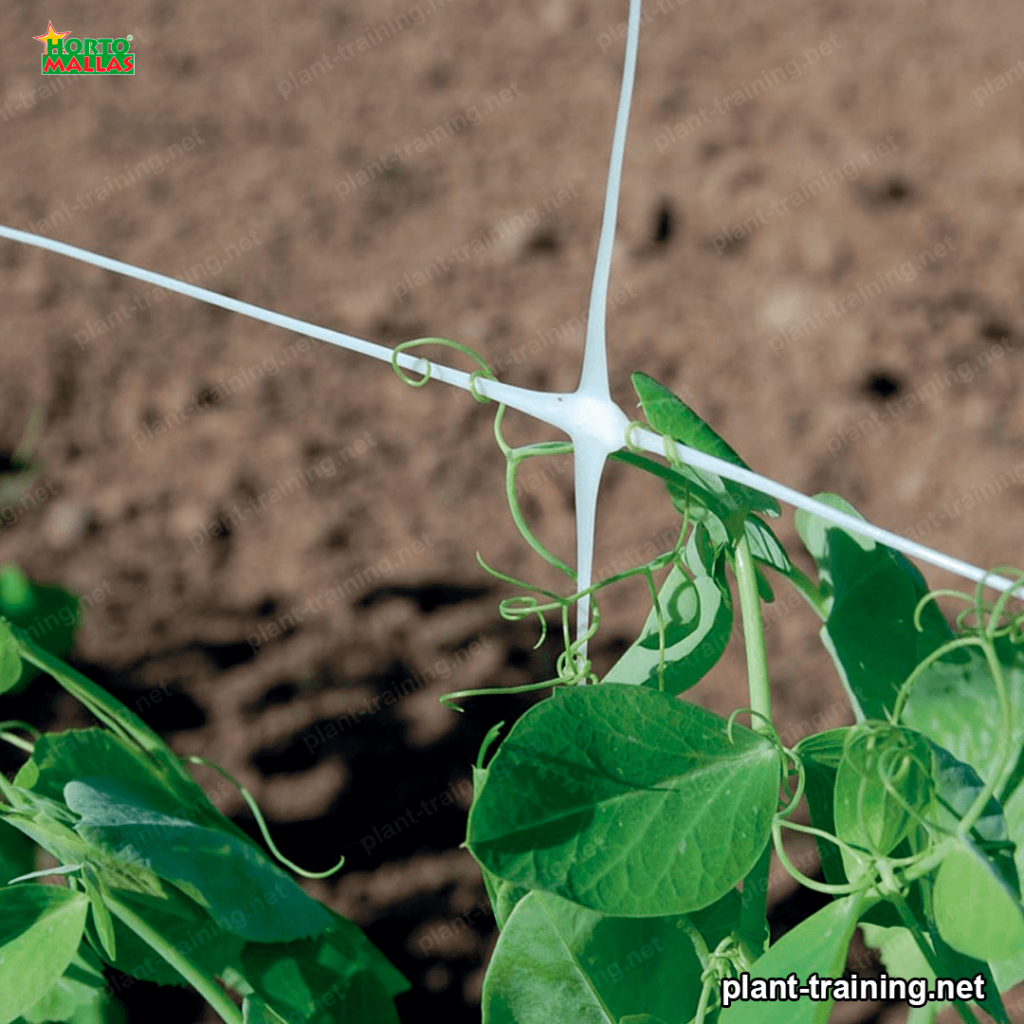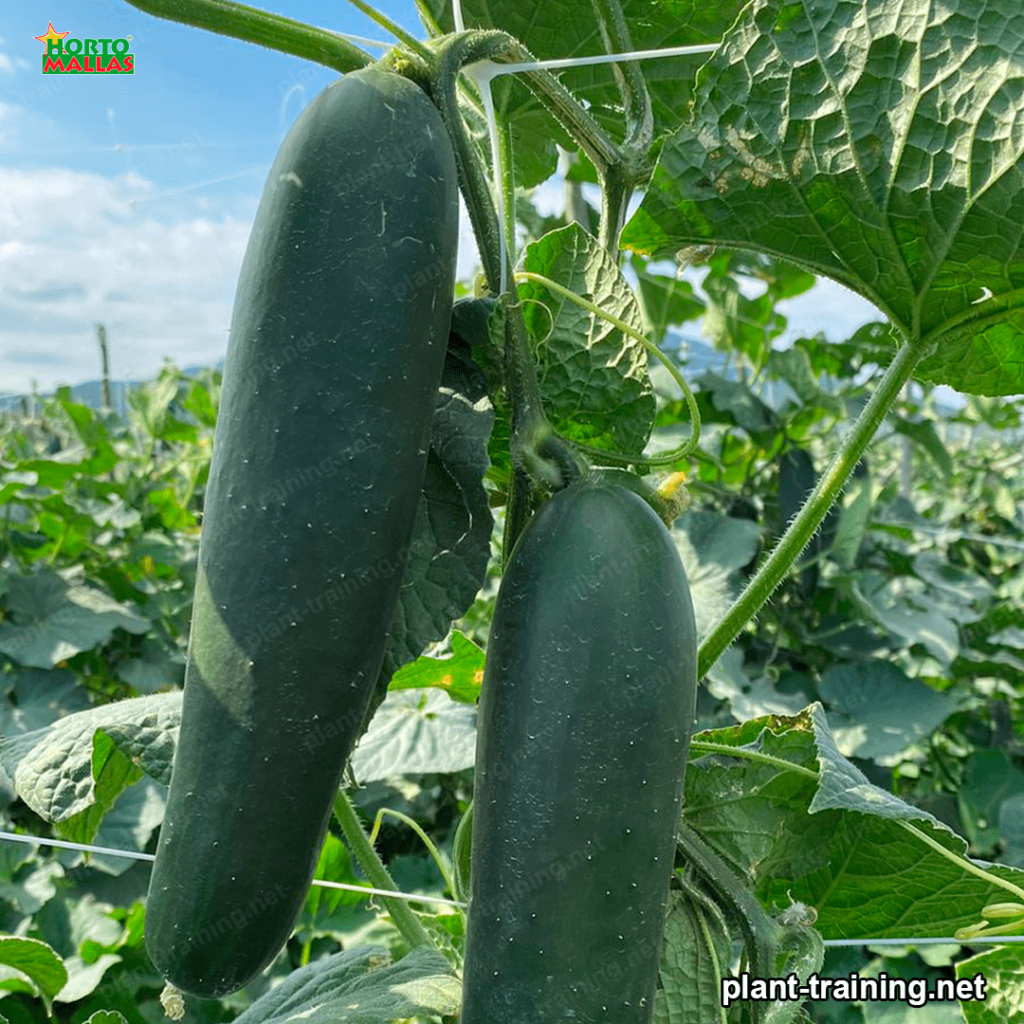Plant staking trellising nets are an essential tool in gardening, especially useful for supporting and protecting weaker or fragile plants.
A trellising net is a type of netting made of threaded metal wires, usually aluminum wire. This netting is use to support and brace woody plants, their branches and stems, and shrubs. Staking consists of wrapping the mesh around the plant or branches and supporting them to help them maintain their growth. Sometimes pruning is done to help a plant achieve the desired shape, rather than specialized ropes or supports.
Plant staking nets are available in different sizes, widths and depths. These meshes are very flexible and strong, making them reliable and versatile. These meshes are usually available in colors that best suit the landscape and are UV resistant.

They are immensely versatile, serving numerous applications, and are available in a wide variety of materials.
One of the main uses of these nets is to support climbing plants. They can be use to guide the direction in which stems cluster or spread. And also to provide support for developing structures. Plant support nets are often use to help support bushes. By allowing their branches to grow more uniformly and avoid the complication of tangles or knots.
Another way these nets are use is to support flowers or perennial garden plants. Some gardeners also use them to cover the soil in areas where trees grow vertically and protect the soil from overhanging sun. This netting protects and promotes better grass growth without shade interference.
Ultimately, plant netting is also excellent for protecting tools, equipment and containers.
These screens have a strong surface that prevents direct contact with loose objects and are often water-resistant, making them perfect for protecting from excessive moisture or preventing contamination from research.
If you need help keeping your garden stylish and well maintained, plant screening is a safe and durable solution. This versatile, heavy-duty netting is a great way to care for your plants and help them grow healthily. These screens are available in a variety of materials and sizes to suit your needs, allowing you to create the perfect garden.
What are the main functions of the netting for trellising crops?
The crop support netting is an essential tool for growers, as it provides mechanical support to plants, which helps to improve their growth, health and productivity. This netting offers many different functions for both the grower and the plant.
First, crop support netting helps to provide correct shape and structure to the trees and plants that underwrite the netting. This allows crops to have a natural, uniform shape, ensuring a better balance of sunlight for plant growth. The netting also provides deflection twist, which prevents stems from breaking and bending.
Secondly, it provides the grower with free access to perform maintenance work without worrying about damaging the crops. The netting is secure and stable, allowing the grower to access the plant without worrying about crushing the plant or causing damage. This helps improve productivity by reducing maintenance time for the grower.

The netting is versatile for fruit and vegetable trellising, providing quality control equipment for safe harvesting of crops.
This prevents produce damage due to mishandling during harvesting. This improves food presentation and according to quality standards for crop development.
On the other hand, crop netting is an excellent way to improve the health and growth of trees and plants. The size of the netting can be adjust according to the needs of the trees, allowing the crops to receive an ideal amount of sunlight for their development. Also, some netting is enriched with fertilizers and pesticides to improve soil fertility and control pests.
It has a variety of uses, depending on the crop and region. For tropical crops, netting is use to provide shade, irrigation and lighting. For desert crops, netting is also use to prevent soil erosion and deter predators. This provides optimum protection for a wide variety of crops.
Crop trellising netting is an essential tool for growers as it offers a number of unique functions that help improve crop growth, health and productivity. It offers an average tree shape, easy maintenance access, quality control equipment, optimal growing conditions and a variety of uses for different types of crops. Ultimately, crop support netting provides an ideal level of support for food crops.
What qualities does a trellising net contain?
Crop trellising netting is an extremely useful tool for farmers, as it has numerous beneficial qualities. This is because, in addition to being an economical way to provide crops with the aforementioned plant protection, they also have unique characteristics that make them stand out from the rest.
First of all, crop protection netting is highly resistant, being able to withstand several years of intense use without falling apart. This is because it is made from a tough blend containing polypropylene in high proportions. This material is among the best on the market for this type of use, since, despite being lightweight, it does not lose its strength and does not withstand the effects of weathering.
Another of the main characteristics of the mesh for trellising crops is its resistance to rust.
This gives the material a long service life and durability. This is due to the built-in corrosion resistance according to LPS 1175 standards. This ensures that the material will not be adversely affected by weathering during use, which means that it will always be a safe material for your vegetable garden.
In addition, it has a high elasticity across its surface. This means that it is flexible enough to be placed comfortably in the desired location. This makes it very easy to handle, as it adapts to the way the plants work to provide a firm and resistant anchorage.

One of the last features of the crop netting is its resistance to insects.
Which makes it ideal for use in environments where bugs can attack crop leaves and flowers. This is due to the microstructure of the netting, which creates a protective layer between the insects and the plants. This prevents the bugs from approaching the orchard to feed on the shoots, ensuring greater protection against pest-related problems.
Crop trellising netting is a useful, heavy-duty tool that offers numerous quality qualities to growers. It is weather resistant, rust resistant, has great elasticity and also repels harmful insects. These are the main characteristics that have made it so popular among the farming community.